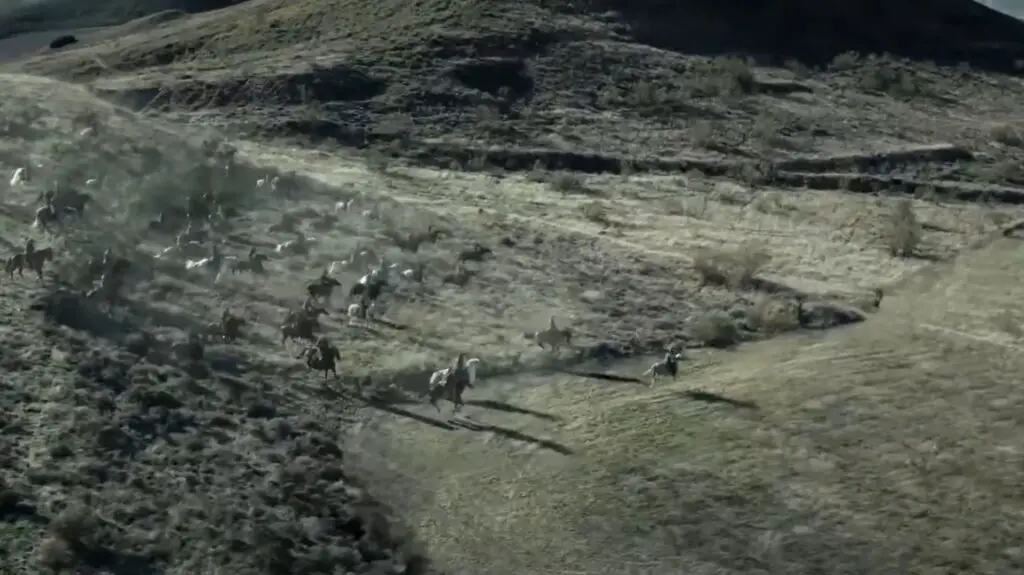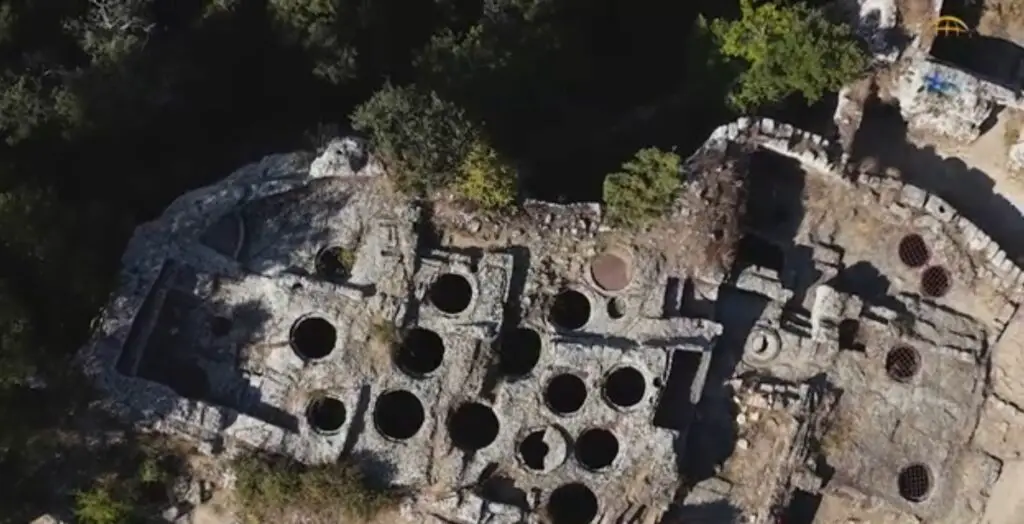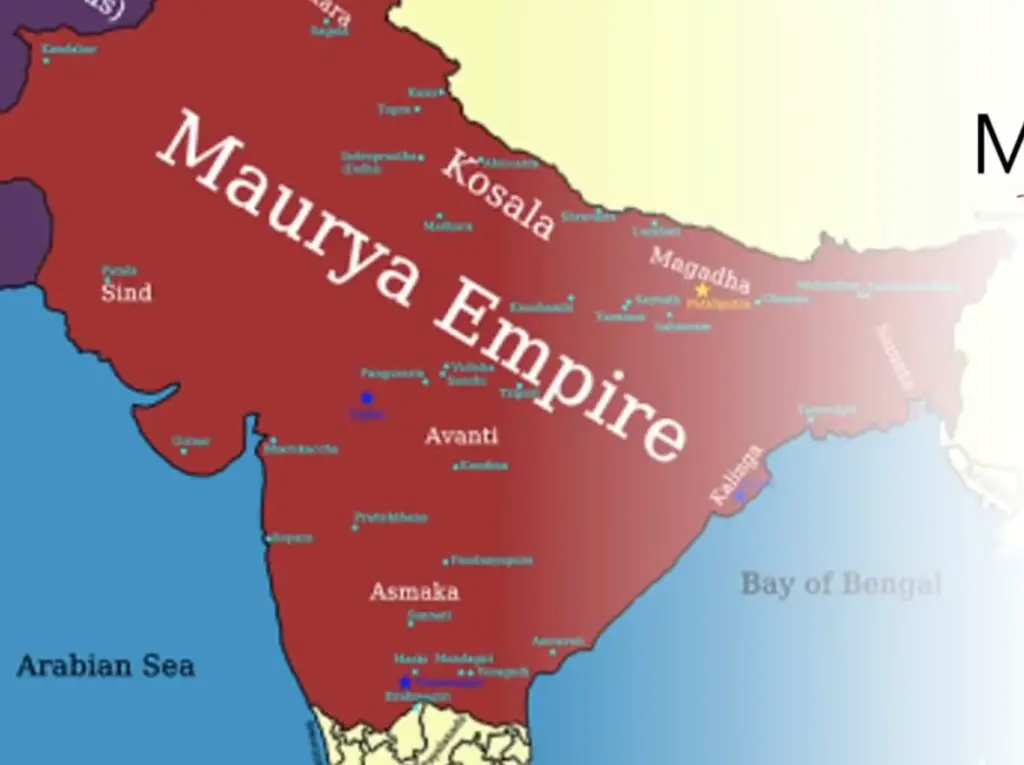The Durrani Empire, also known as the Afghan Empire, was a state established by Ahmad Shah Durrani in 1747 that encompassed parts of present-day Afghanistan, Pakistan, Iran, and India. The empire lasted until 1826, when it was dissolved following the death of its last ruler, Dost Mohammad Khan.
Founder of Durrani Empire
The founder of the Durrani Empire was Ahmad Shah Durrani, also known as Ahmad Shah Baba. He established the empire in 1747 after leading a successful campaign to unite various Afghan tribes and regions. Ahmad Shah Durrani’s leadership and military prowess played a crucial role in the creation of the empire, which eventually became known as the Durrani Empire or the Afghan Empire. He ruled as the first ruler of the empire from 1747 until his death in 1772.
Ahmad Shah Durrani was a Pashtun leader who rose to prominence in the 18th century. He united several Pashtun tribes and founded the Durrani Empire in 1747. The empire was initially centered in Kandahar, but Ahmad Shah Durrani moved the capital to Kabul in 1776. Under Ahmad Shah Durrani’s leadership, the Durrani Empire became a dominant regional power. Ahmad Shah Durrani defeated the Mughal Empire in India and captured Delhi in 1757. He also conquered parts of Iran and Central Asia.
Rulers of the Durrani Empire
The Durrani Empire, also known as the Afghan Empire, was founded by Ahmad Shah Durrani in 1747 and lasted until the early 19th century. The rulers of the Durrani Empire were part of the Durrani dynasty. Here are some of the notable rulers of the Durrani Empire:
Ahmad Shah Durrani (1747-1772) – He was the founder of the Durrani Empire and served as its first ruler. He is often referred to as Ahmad Shah Baba, meaning “Ahmad Shah the Father.”
Timur Shah Durrani (1772-1793) – Timur Shah was Ahmad Shah Durrani’s successor and ruled the empire during a period of territorial expansion and consolidation.
Zaman Shah Durrani (1793-1800, 1801-1803) – Zaman Shah, the son of Timur Shah, ruled in two separate periods. His reign was marked by internal strife and conflicts.
Mahmud Shah Durrani (1801, 1803-1809) – Mahmud Shah also ruled in non-consecutive periods. His reign saw further territorial losses and conflicts with neighboring powers.
Shah Shuja Durrani (1803, 1839-1842) – Shah Shuja ruled in two separate periods. He was a puppet ruler installed by the British during the First Anglo-Afghan War.
Dost Mohammad Khan (1826-1839, 1843-1863) – Dost Mohammad Khan was a prominent ruler of the Durrani Empire. He led resistance against the British during the First Anglo-Afghan War and eventually regained power.
Sher Ali Khan (1863-1879) – Sher Ali Khan was a son of Dost Mohammad Khan. His reign was marked by conflicts with the British and Russian interests in the region.
Mohammad Yaqub Khan (1879-1880) – He was the successor of Sher Ali Khan but his reign was short-lived due to conflicts with the British.
The Durrani Empire faced internal struggles, external conflicts, and interventions by colonial powers throughout its existence. It eventually gave way to the establishment of modern Afghanistan.
Characteristics of Durrani Empire
The Durrani Empire was characterized by a strong central government, which was based on Pashtun tribal organization. Ahmad Shah Durrani appointed governors to oversee the various regions of the empire, and he implemented a system of taxation and administration that allowed the empire to prosper.
Ahmad Shah Durrani was succeeded by his son, Timur Shah, who ruled the empire from 1772 to 1793. During Timur Shah’s reign, the Durrani Empire faced challenges from internal dissension and external threats. The empire lost control of some of its territories in India, and it faced incursions from the Sikhs in the northwest.
Following Timur Shah’s death, the Durrani Empire was weakened by a succession crisis. The empire was further weakened by conflicts between the various Pashtun tribes and by the expansion of the British Empire in India.
In 1818, the Durrani Empire was invaded by the Persians, who captured Herat and threatened the empire’s existence. The empire was saved by Dost Mohammad Khan, a powerful Pashtun leader who was able to unite the various tribes and defeat the Persians.
However, the Durrani Empire’s troubles were not over. In 1839, the British invaded Afghanistan in what became known as the First Anglo-Afghan War. The British defeated Dost Mohammad Khan and installed a puppet ruler, Shah Shuja, on the throne.
Reasons for Downfall of Durrani Empire
The downfall of the Durrani Empire was a complex process involving a combination of internal conflicts, external pressures, and geopolitical factors. Several key events and factors contributed to the decline and eventual collapse of the empire:
Internal Strife and Succession Disputes: After the death of Ahmad Shah Durrani in 1772, succession disputes and power struggles among his descendants weakened the central authority of the empire. Frequent changes in leadership and internal divisions led to instability and fragmentation.
Rivalries and External Threats: The Durrani Empire was situated in a region with powerful neighbors and imperial interests, including the British Empire and the expanding Russian Empire. These external powers sought to exert influence over Afghanistan and often manipulated internal conflicts to further their own agendas.
British Intervention: The British attempted to establish influence over Afghanistan to counter Russian expansion in Central Asia. The First Anglo-Afghan War (1839-1842) and the Second Anglo-Afghan War (1878-1880) were significant events during which the British tried to control Afghan affairs through puppet rulers. These interventions sparked resistance and instability within the empire.
Territorial Losses: The Durrani Empire gradually lost territory through military defeats and conflicts with neighboring powers, including the Sikh Empire in Punjab and the Persian Empire.
Weak Governance and Financial Troubles: Inefficiency in governance, corruption, and economic difficulties contributed to the empire’s decline. The central government struggled to maintain control over its territories, and the lack of effective administration weakened the empire’s cohesion.
Tribal and Ethnic Differences: Afghanistan’s diverse population consisted of various ethnic and tribal groups, and these divisions often led to internal tensions and conflicts. The central government’s inability to manage these differences added to the empire’s challenges.
Technological and Military Disadvantages: The Durrani Empire faced military challenges from more technologically advanced and organized European powers. The empire lacked modern weaponry and military tactics, making it vulnerable to external threats.
Treaties and Loss of Sovereignty: A series of treaties and agreements with colonial powers, combined with internal instability, eroded Afghanistan’s sovereignty and independence, further weakening the empire’s position.
Ultimately, a combination of internal weaknesses, external pressures, and geopolitical rivalries contributed to the downfall of the Durrani Empire. The empire gradually fragmented and lost its central authority, paving the way for the emergence of modern Afghanistan as we know it today.
The Durrani Empire officially came to an end in 1826, when Dost Mohammad Khan declared himself the Emir of Afghanistan. The emirate that he established became the precursor to the modern state of Afghanistan.
In conclusion, the Durrani Empire was a significant regional power in the 18th and 19th centuries. Ahmad Shah Durrani, its founder, was a skilled leader who was able to unite the Pashtun tribes and establish a strong central government. Despite facing internal and external challenges, the empire was able to prosper for several decades. However, it ultimately succumbed to external pressures and internal weaknesses, and it was dissolved following the death of its last ruler in 1826.



